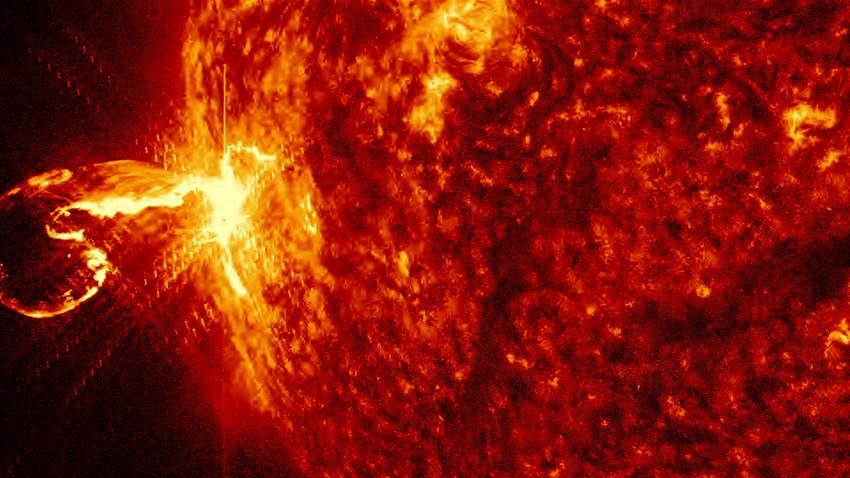
Space weather — the mix of solar flares, coronal mass ejections, solar-wind variations and energetic-particle streams unleashed by the Sun — is no longer an exotic curiosity for astrophysicists. As Solar Cycle 25 nears its peak between late 2025 and early 2026, both the frequency and the severity of such events are rising, with direct repercussions for the orbital economy and for critical infrastructure on the ground. In its current maximum phase the Sun is generating magnetic fields that are more intricate and unstable; when one of those fields suddenly reorganises, the released energy hurls plasma and radiation toward Earth, compressing the magnetosphere and triggering geomagnetic and ionospheric storms.
For satellites, space weather is a multidimensional hazard. Charged particles sweeping through low-Earth orbit penetrate digital circuitry, causing single-event upsets or permanent failures, eat away at the efficiency of photovoltaic arrays and overwhelm optical sensors. When a storm heats the thermosphere, the upper atmosphere swells by hundreds of kilometres and the density at LEO can climb by an order of magnitude. The consequences became tangible on 3 February 2022, when a modest geomagnetic disturbance forced 38 of 49 freshly launched Starlink satellites to re-enter within hours; a stronger event in May 2024 triggered emergency re-orbiting and further losses in SpaceX’s megaconstellation.
The same electromagnetic impulse that confuses circuits in orbit can, at ground level, drive parasitic currents through power lines, and the fallout extends well beyond high-voltage grids. Ionospheric irregularities distort GNSS signals; during the 10 May 2024 storm, hundreds of autonomous tractors in the U.S. Midwest lost alignment, halting precision planting at the most critical moment of the farming season.
Predicting when a storm will arrive and how severe it will be grants operators minutes — or, at best, a few precious hours — to secure assets worth billions. The modelling chain begins at the Sun, where magnetohydrodynamic codes reconstruct the outward-moving plasma; it then follows the disturbance through space to the electrodynamics of Earth’s magnetosphere, and finally feeds thermospheric-ionospheric models that estimate atmospheric drag. In recent years the research community has augmented these high-fidelity calculations with machine-learning emulators: networks trained on thousands of MHD simulations can deliver, in milliseconds, an auroral current map or a Dst index, enabling probabilistic ensembles from which operators derive actionable thresholds — for instance, how to orient solar arrays or when to place payloads in safe-mode.
Experience over the past three years shows that space weather is now a design parameter rather than a fringe uncertainty for anything that flies or depends, even indirectly, on satellites and power grids. Combining real-time observations, validated physical models, fast emulators and mitigation procedures can drastically curb risk, from low-Earth-orbit spacecraft to power-station transformers. Investing in these capabilities — and embedding them in the routine operations of satellite operators, grid managers and aviation authorities — is the surest way to ride out the peak of Solar Cycle 25 and beyond, turning the Sun from an unpredictable menace into a controlled risk factor.





.png)